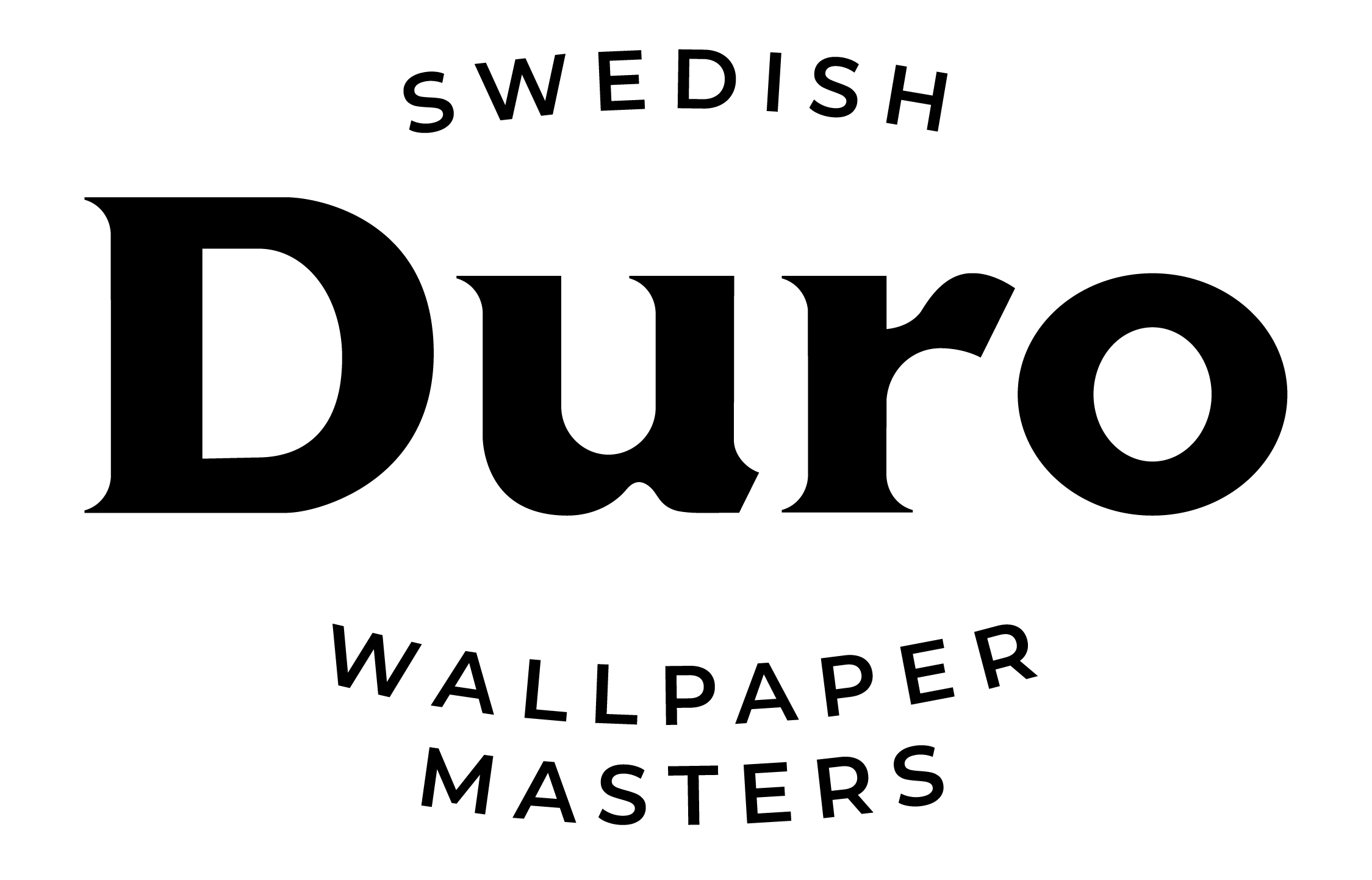Preparations
Here are som advice before you start and a list of the required tools.
Before you start
Some advice before you start.
The right tools make light work. Make sure you have the wallpaper tools you need before starting in order to achieve the smoothest possible work and best results.
Don't skimp on preparing the underlying surface. The surface should be smooth and dry before wallpapering is started in order to avoid bubbles and drips.
Apply an even layer of adhesive to the wall to avoid air bubbles. The wallpaper label contains good adhesive information.
Don't stress. Instead, wallpaper with someone else. It makes things both easier and more fun for you, and four eyes are better than two.
Change the blade of the wallpaper knife frequently. It's important that the blades are sharp, otherwise they can rip the wallpaper and ruin it.
If the length has ended up crooked, pull off the entire length and start again. Trying to straighten the length can cause the wallpaper to rip.
Save unused wallpaper rolls. You may need them if the wallpaper needs to be repaired. Also save the label for any additions.
Tools
The right tools are the key to successful wallpapering. We recommend these ones:
Spirit level, plumb line or scissors on a string – For straight and neat application.
Pencil – For making notes and level marks on wallpaper.
Folding rule – To maintain measurements.
Steel edge ruler with cutting board – For straight cutting.
The right wallpaper adhesive – Recommendations can be found on the label.
Roller/brush – Used to apply adhesive to walls.
Sponge and clean water – Used to wipe off excess adhesive from the wallpaper.
Wallpaper knife with extra blades – Use sharp blades to prevent tearing the wallpape.
Wallpaper tool – For smoothing QuickUp wallpaper.
Wallpaper brush – To smooth out air bubbles on paper wallpaper.
Ladder/stool/chair – So you can reach all the way up.
Pasting table – A versatile table of sufficient length.

